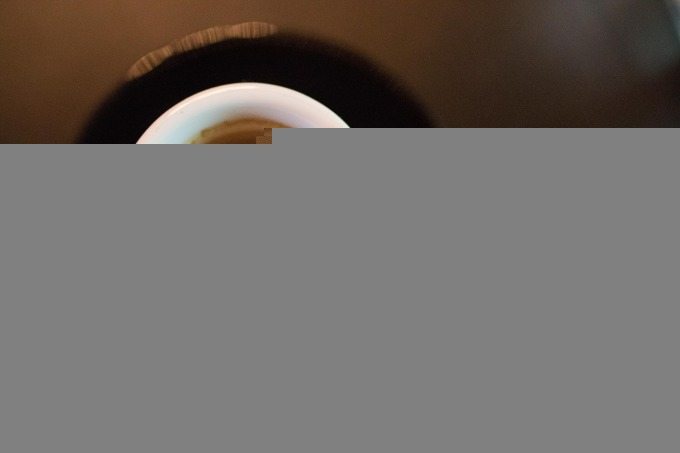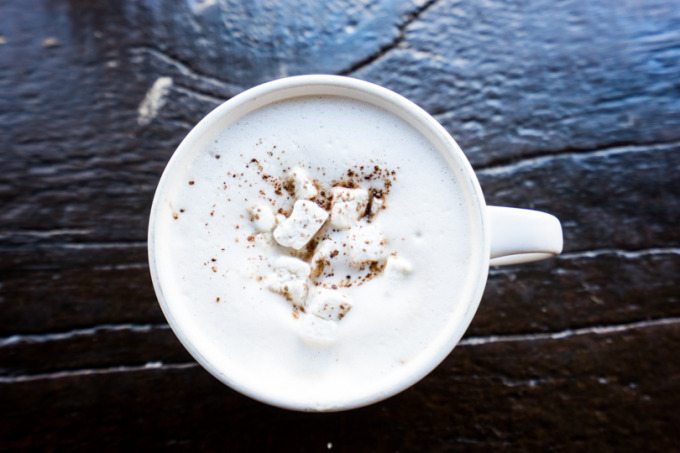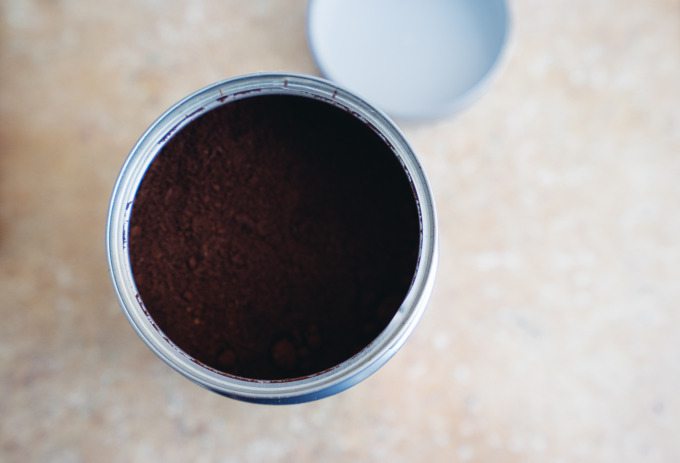Here in NYC, it’s very cold. We’re enjoying things like coffee–and taking photos of the delicious cups of sweet, sweet java. But to get the perfect coffee image you’ll need to combine years of knowledge that food photographers have been refining for years and a bit of technical knowledge to create an image that is not only just appealing but makes you want to be there in the scene. The key has to do with emphasizing the right parts of the photo and reaching out to human senses and urges.
Just think about it: every time you look at an image of coffee, tea, or hot chocolate you usually want one. It ties into nostalgia and great times. But creating an image that does that is what you’re going to have to do.
High Contrast
To get a better image and make the viewer focus on what’s in the coffee photo, we recommend that you get high contrast in your image. This is a post-production technique more than anything, but we’re starting with this one to explain why high contrast images work to begin with. When the contrast is raised in an image, the differences between the whitest whites and the blackest blacks are very strong. The human eye tends to look at dark areas of an image and naturally filter them out. As a result, the eye goes towards the other regions of the image. The key is to get just the right amount of contrast that you’ll get very deep darks in the coffee but not dark enough to totally lose the details.
To do that, you may need to push the shadows or black levels a bit.
Overexpose the Photo (Or Just Meter for the Shadows)

To start, we’re going to recommend that you overexpose the image to get details in the shadows. The brighter the image, the more details that you’ll be able to get with subject matter like this. Go for around one stop of overexposure. Getting an overexposed image will be simple to do either in camera or in the post-production no matter what app you’re using.
This ties into what we were talking about with emphasizing the right parts of the image. Not only is it based on normal compositional methods but also on colors. By overexposing the image, you can make certain colors pop a lot more in order to reach out and grab the reader.
A Very Large Source of Light
A trick that food photographers have been using for years has to do with lots of soft light. What many try to do is create the look of window lighting that brings about what you may see in a local cafe or even at home in your own kitchen. This is part of the appeal and triggers nostalgia in the person which goes on to trigger other senses.
There are many ways to get the look of window lighting. For starters, you can use an actual window. But in many situations, you won’t always have enough light. So to get more of that look, you can always add a flash to the scene. Point the flash at the window–preferably at window blinds because the light can bounce right off of there. By doing this, you’ll be enhancing the beautiful natural light and getting the scene that so many people see at home or cafes every day.
Use Bokeh
Though we don’t necessarily need bokeh for an image, we think that it is a great creative tool to use for images of coffee. While everyone just loves to look of a photo with a shallow depth of field, consider the fact that bokeh can be used creatively to tell the viewer where their eyes should focus in the image. When you combine this with the natural beauty that your lens has when shooting wide open, you potentially create an image that is more appealing.
The Human Perspective
All of the tips that we’ve given in this article have cumulatively paved to this: you should always try to create a coffee photo from the human perspective. In terms of focal lengths, 35mm is the most desirable but it also has to do with angles that someone will generally look at their coffee, tea or hot chocolate. Many times the person is right above, but at other times they are slightly off skew. It is all very situational but we recommend thinking very carefully about your own coffee consumption and documenting it from your own point of view.



